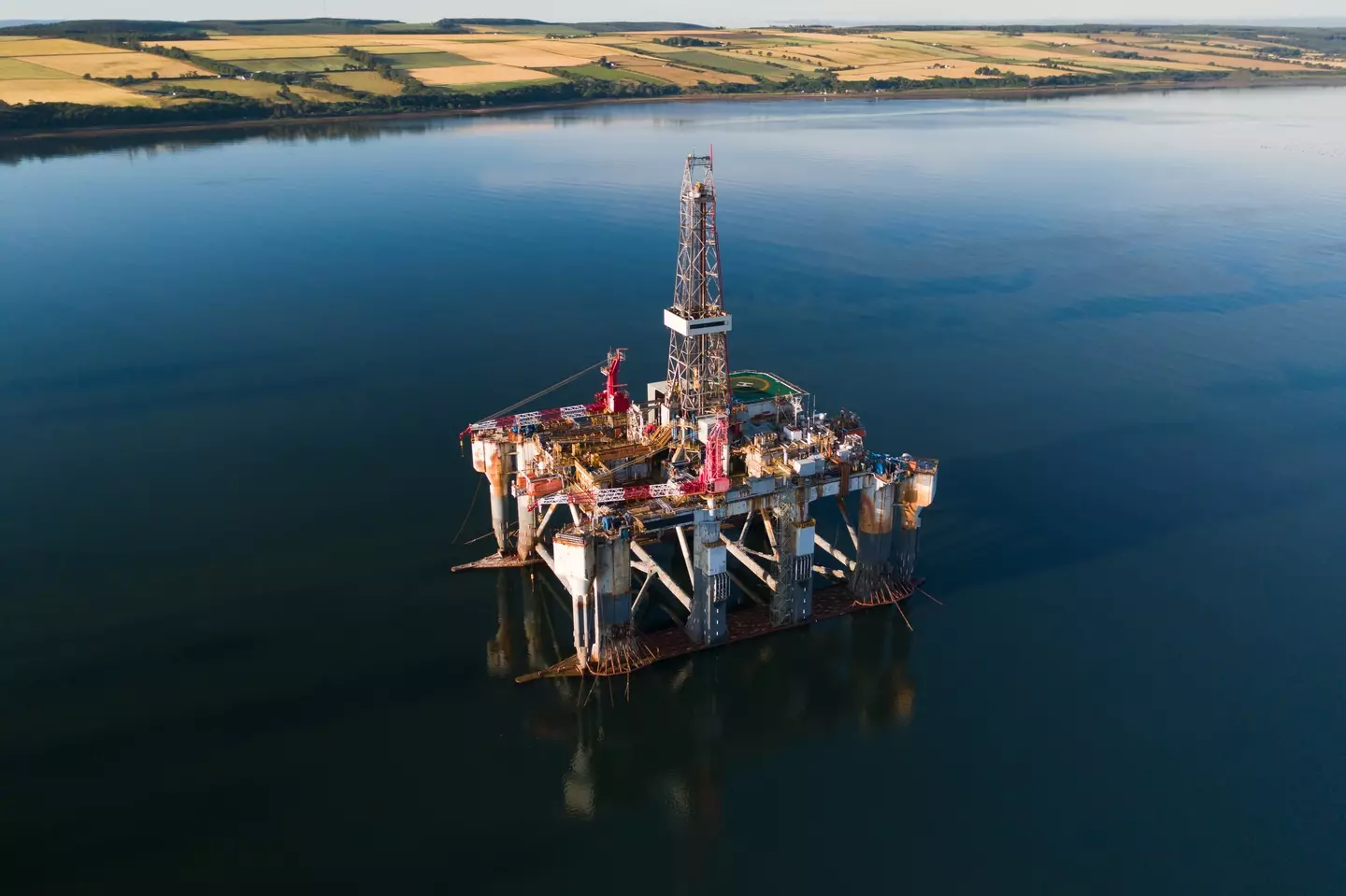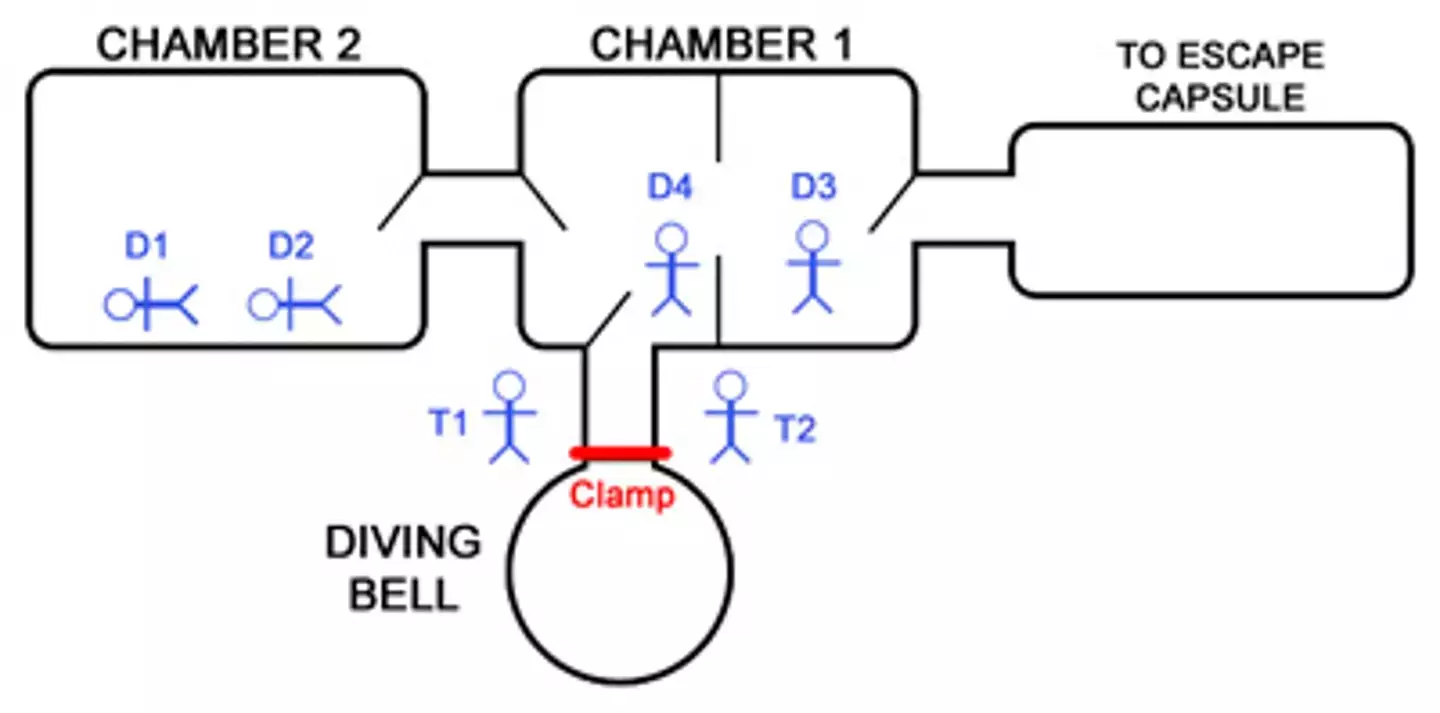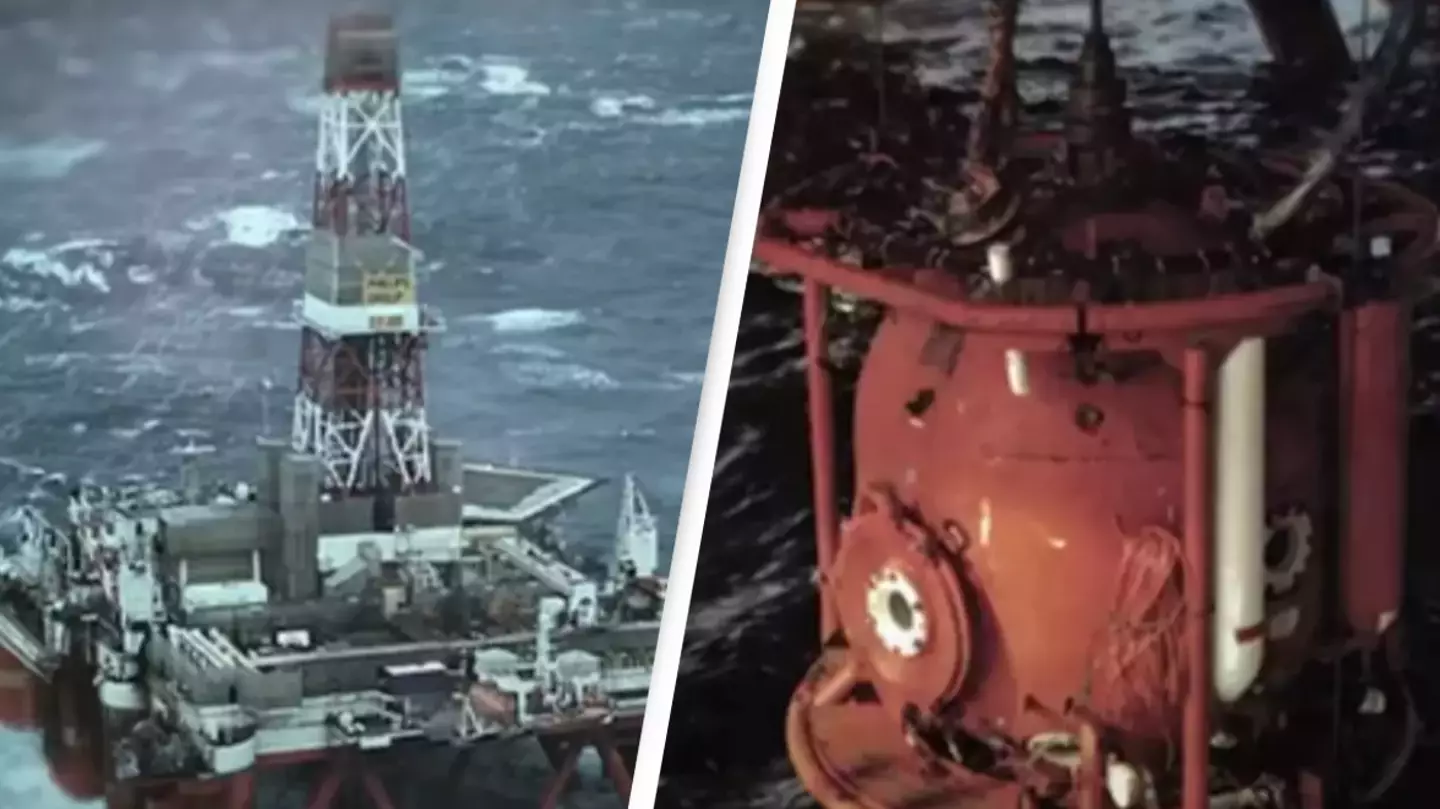An appalling event unfolded on a technical diving rig on November 5, 1983, resulting in the deaths of five individuals in a truly horrifying manner.
Human history is replete with accounts of various dreadful ways to die, yet the fate met by five saturation divers near the Byford Dolphin Oil Rig stands out for its sheer gruesomeness.
First, it’s essential to understand what ‘saturation diving’ entails. This diving method is used for deep underwater operations, where divers breathe a special mix of oxygen and nitrogen kept under high pressure to counteract the extreme pressures found at depths around 1,000ft beneath the surface.

Saturation divers often live in a pressurized container for extended periods to avoid the dangers and inconvenience of frequent pressurisation and depressurisation. This container includes living quarters and a section known as ‘the diving bell,’ which allows for safe depressurisation.
Tragically, during the 1983 incident, this system catastrophically failed. While the exact reasons remain unclear, it is known that the diving bell was inadvertently released while not fully sealed.
The depressurisation of the chamber from nine atmospheres to normal surface pressure happened almost instantly. Under normal circumstances, divers need several days to depressurise from such depths safely. The sudden change led to a dire outcome for the occupants.
William Crammond, a tender on the rig, was struck and killed by the dislodged diving bell.

The other four divers, Edwin Coward, Roy Lucas, Bjørn Bergersen, and Truls Hellevik, suffered a gruesome fate as the rapid depressurisation caused nitrogen in their blood to form bubbles, effectively causing internal explosions.
One diver experienced a particularly horrific death when the violent depressurisation forced his body through a 60cm aperture, gruesomely ‘fragmenting’ him. His chest cavity was expelled outward, and his internal organs were scattered across the pod, some found as far as ten meters away.
Miraculously, there was one survivor, another tender named Martin Saunders, who was left critically injured in the aftermath of this disaster.

